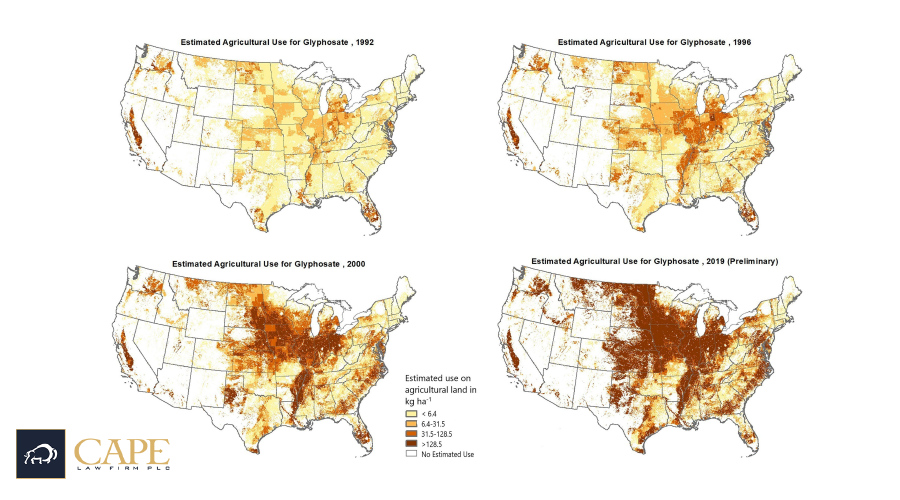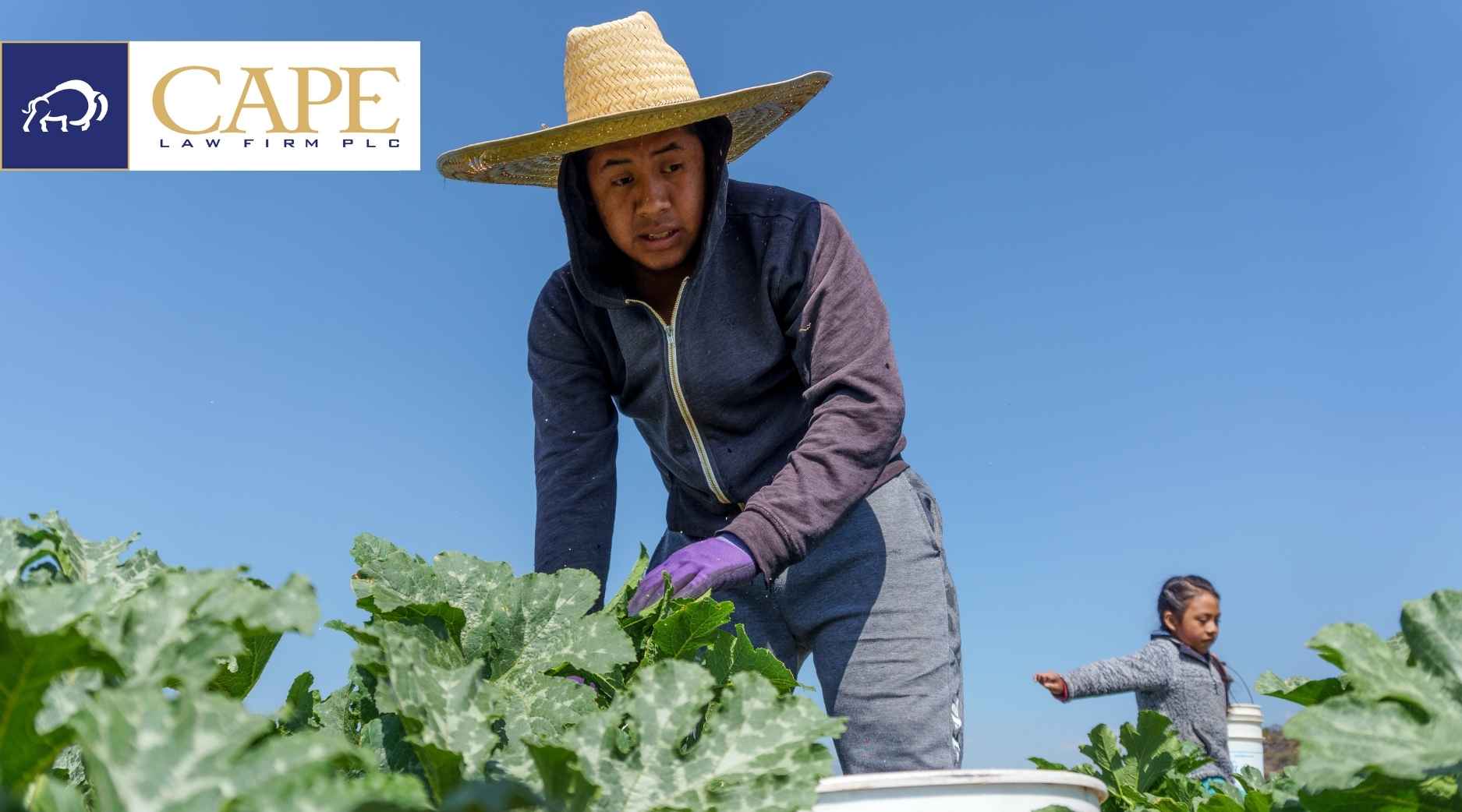GAO Examines Crop Insurance Economics
The federal crop insurance program has long been a critical safety net for farmers of coverage-eligible crops and provides risk management tools not otherwise available in the private market. According to the Government Accounting Office (GAO), this successful program could be less expensive without undermining benefits to policyholders. Federal crop insurance has two main mechanisms that drive the program: (i) the government pays private insurers to sell and service policies, including subsidies for administrative and operating expenses, and (ii) the government also subsidizes premiums for policyholders. A recent GAO report on the federal crop insurance program identified several opportunities to reduce the government’s expenses in administering this part of the national farm safety net. Among the GAO’s recommendations:
- Means testing the government’s premium subsidies to policyholders. GAO pointed out that other farm program benefits are limited to producers that earn less than $900,000 per year, but crop insurance subsidies are set regardless of the income level. The GAO indicated that the government would have saved around $15 million in 2022 if premium subsidies to high-income policyholders were reduced by just 15%.
- Capping insurers’ profit margins. GAO pointed out that the rate of return earned by the 13 private insurance companies participating in the program averaged 16.8% from 2011 through 2022. By comparison, the market-based rate of return was just 10.2%, meaning that the companies achieved much higher profit margins from the program.
Although this is not the first time that GAO has recommended cost-cutting measures to the crop insurance program, given the enormous level of government debt and Congressional gridlock over government spending, the recommendations may get more traction in the upcoming Farm Bill. You can read highlights of the GAO’s report here.
A Race for Climate Resistance Traits in Crops
A recent article by Patrick Thomas of the Wall Street Journal highlighted the efforts of seed companies to breed more resilient crops that will be able to withstand a changing climate, especially a hotter, dryer world. Production of many crops and vegetables has suffered dramatically in recent years due to extreme droughts and other non-typical weather events in prime growing regions such as California. Starting last year, reports began emerging of a worldwide shortage of tomatoes, particularly processing tomatoes used in sauces and condiments (like ketchup).
Thus, many seed companies are breeding varieties that they hope will withstand persistently difficult growing conditions – for example:
- Bayer is working on drought-tolerant tomatoes
- Syngents is developing pest-resistant cabbage
- Corteva is developing corn that can grow in colder regions
Fortunately, the U.S. has robust intellectual property protections for plants (patents and plant variety protection) that encourage investment and drive innovation in plant materials. You can read more in the Wall Street Journal here.
The Great Glyphosate Experiment
Weeds’ ability to adapt to their environment, including herbicides, has been a well-known fact for decades. But a recent study from USDA’s Agricultural Research Service demonstrated just how fast weeds can adapt to become resistant to herbicides. Compiling glyphosate use data from annual herbicide evaluation trials at 24 institutions and land-grant universities across the U.S. and Canada, the researchers built a database of nearly 8 million observations from 1996 to 2021. The data showed that glyphosate provided excellent weed control in the early years following glyphosate-tolerant crops, weeds began to adapt in just 2 to 3 years. The researchers pointed out that the adoption of glyphosate-tolerant crops resulted in a significant increase in glyphosate use and weed control practices that relied on glyphosate alone.
|
|
Within a decade, weeds became more than 30% less responsive to glyphosate and continued to decline linearly over time. The data also showed that adding a pre-emergent herbicide significantly reduced the decline of glyphosate’s efficacy. According to the report’s authors, “Regardless of the mechanism, the pattern is clear: silver bullets for weed control don’t exist.” Weed control tools must be used appropriately to preserve their effectiveness over time. You can read the report here.





